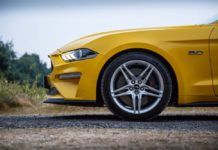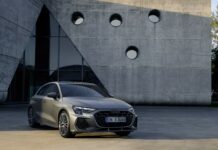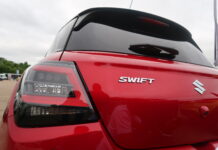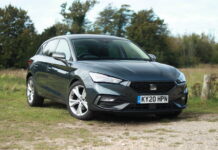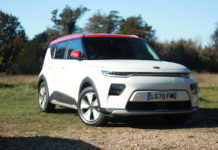Apologies for the tardiness for this article; I actually drove the latest Nissan Micra towards the end of January, but life has got in the way of writing this review. Anyway, let’s get to the matter in hand – the new Micra. “More Micra for more people” is the phrase that was banded about a lot in the press release, but what does that exactly mean?
More choice for buyers
Well, there’s now more choice for buyers as well as better tech and a better engine. There’s also a new warm hatch variant called the N Sport, which has its own dedicated article that you can read here. Keeping with the cooking model version of the Micra, buyers can now opt for the an automatic version with Nissan stating that 12% of buyers will want such a transmission.
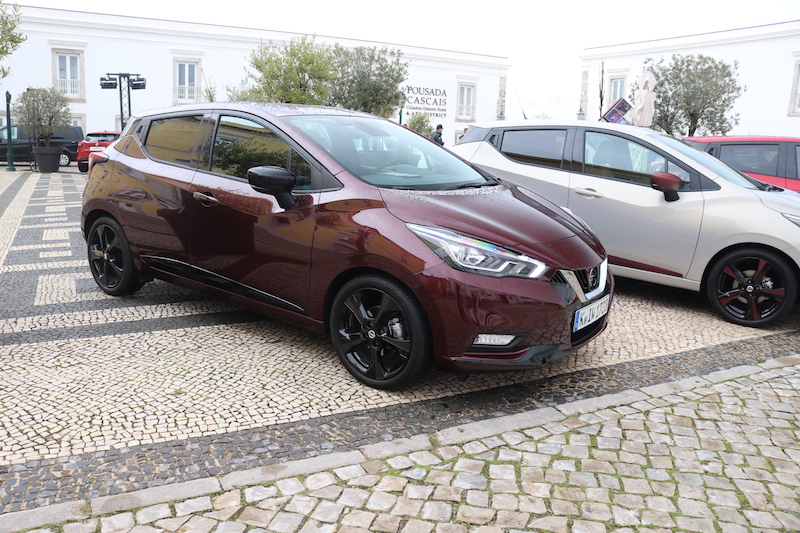
It’s called ‘Xtronic’ and it’s a CVT, although that’s not as bad as it may sound to begin with. That’s because Nissan has developed it in such a way that the driving characteristics are akin to a dual clutch unit, thus eradicating the dreaded ‘rubber band’ effect that plagues many a CVT gearbox.
As well as the new gearbox, there’s also a new engine. The 0.9 litre turbo three-pot petrol has been binned, and in its place is a 1.0 litre turbo three-pot petrol. It offers 11% more horsepower and 14% more torque than before, plus it’s also a bit more frugal, making it a win-win situation. Nissan also states that the new engine is also 11% more fun, which is interesting, as I’m pretty sure fun can’t really be scientifically measured.
Slight iffy stat aside, how does it drive?
The destination for this test was a very wet, and miserable Portugal, but despite the weather, myself and fellow car YouTuber, AutoBears, was able to enjoy the benefits of the new engine. Power has been increased to 100hp, whilst torque has increased to 160Nm. Naturally, these power is mated to the front wheels, via a 5-speed manual gearbox, or the new Xtronic CVT.
Go for the manual and you’ll be able to get the Micra to 62mph in 10.9 seconds, beating the 12.1 seconds set by the 0.9 unit, whereas if you go for the Xtronic, that figure rises to a more pedestrian 13 seconds. Top speed for the manual is 114mph whilst the Xtronic lags behind a little at 110mph.
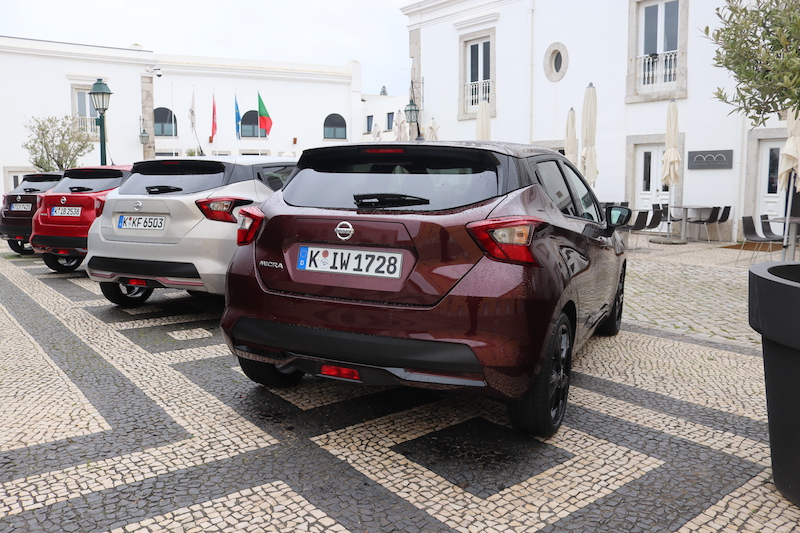
What many of you want to know, though, is can you really feel a difference between the 1.0 litre version and the outgoing 0.9 litre? Yes, you can, although I think it would be quite some stretch to say that the difference is night and day. The 1.0 litre feels a bit more urgent and a bit more punchy, which will be good news to those that found the 0.9 litre to feel a bit gutless at times.
Sadly, you still get the rather unappealing whine when you rev the car out, but apart from that small complaint, the engine works well in varying driving conditions, although it’s still not as rewarding to use as Ford’s EcoBoost engine. However, that’s not to say it’s a poor engine to utilise, because it really isn’t. What I will say, though, is that the 5-speed manual in which the engine is attached to doesn’t offer the slickest action, plus it feels a little rubbery.
What about the Xtronic, then?
Ah yes, the Xtronic. The addition to this follows statistics that 12% of buyers are likely to opt for the automatic. Therefore, by offering such an option, Nissan is making the Micra appeal to more people, ergo “More Micra for more people”. It’s a CVT gearbox, which isn’t the most popular choice when it comes to automatics for European manufacturers, whereas the Japanese absolutely love ’em.
The reason being is that a CVT gives a smooth drive, it’s more compact and lighter, it has less moving parts, and it’s easier to manufacture. The downside is that it can be noisy and you get the rubber band effect whereby the revs spike but there is a delay in getting that power translated to the driving wheels.
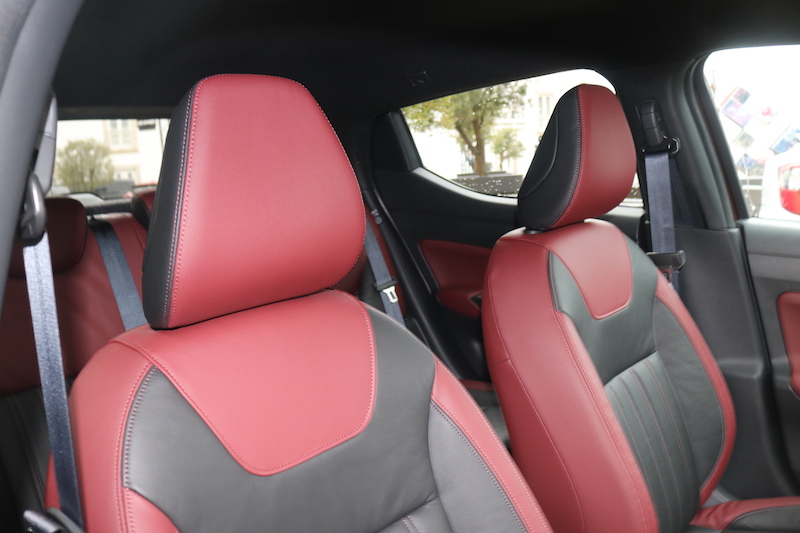
However, Nissan has engineered its Xtronic to behave more like you traditional torque converter or a dual clutch unit, but does it actually work? For the most part, yes. Compared to other CVTs I’ve driven recently (Honda CR-V, Subaru XV) it has less of that rubber band effect and it does feel more like your standard auto. That’s not to say that the rubber band has been eradicated altogether, though.
Those points where you bury the foot in the carpet will see the system come undone somewhat, but to be fair, that’s a driving characteristic that I doubt many drivers will adopt on their daily commute. When you learn how to adapt your driving style to best suit the transmission, you should find that it works well and it won’t give you much bother. It also worked pretty well on the motorway, so I anticipate that it should please most buyers looking for an auto.
How much will it cost to run?
Despite the extra injection of performance, the new 1.0 litre is actually a bit more frugal than the engine it replaces. If you go for the manual, you can expect a combined MPG figure of 51.4mpg whereas if you go for the CVT, that falls down to 44.9mpg. In regard to emissions, the manual variant emits a minimum of 123g/km of CO2, whilst the Xtronic emits a minimum of 142g/km.
How much will it cost to buy?
As you would expect, the new Micra will demand a bit of a premium compared to the outgoing 0.9 litre version but Nissan states the the increase is just 2% on average, so it shouldn’t break the bank. The 1.0 litre can only be had from the mid-range N-Connecta trim level upwards, which starts from £17,460.
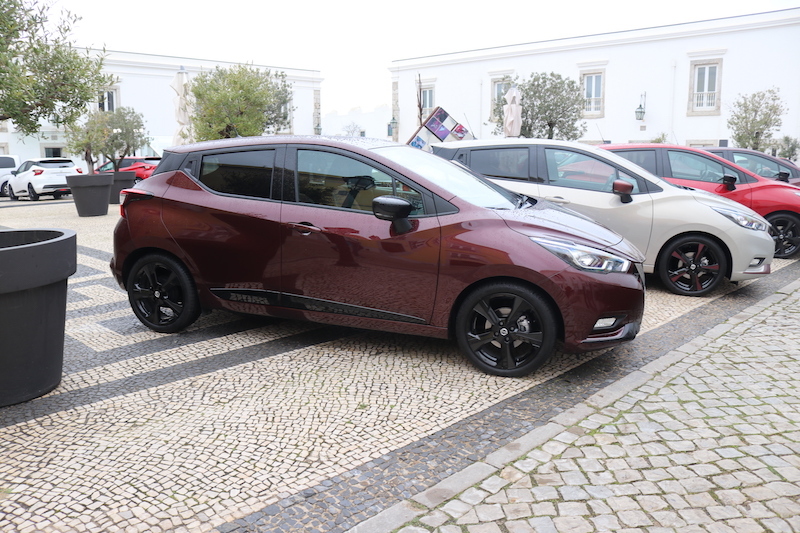
This trim level includes goodies such as 16″ alloy wheels, NissanConnect system, air conditioning, leather steering wheel, rear privacy glass, cruise control, LED daytime running lights, and a decent host of safety kit.
You mentioned better tech?
Yes, you’re right, I did mention better tech at the top of the article. The updated Nissan Micra has the new NissanConnect system, which gives a swipe functionality to the touchscreen as well as a homepage that can be customised to suit personal taste. It also provides navigation supplied by TomTom and smartphone connectivity. If you would like a full run down of the new system, please check out this video.
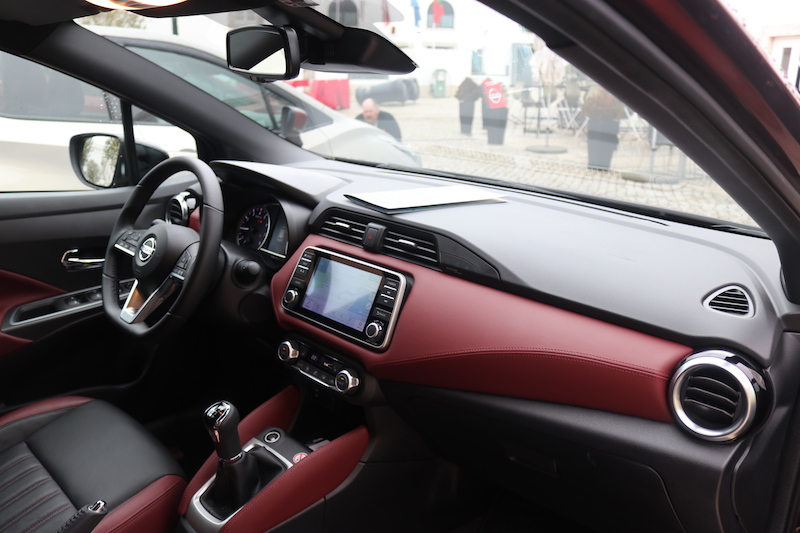
Final thoughts
The new Nissan Micra was a decent car in its own right, although it wasn’t quite as good as good as the likes of the SEAT Ibiza or the Ford Fiesta. Have the new changes closed the gap? They have to a degree, but I’d still argue the smarter money lies with the Ibiza and the Fiesta. However, it’s clear Nissan has listened to customer feedback, acted on it, and as a result, the appeal of the Micra has now been widened.


